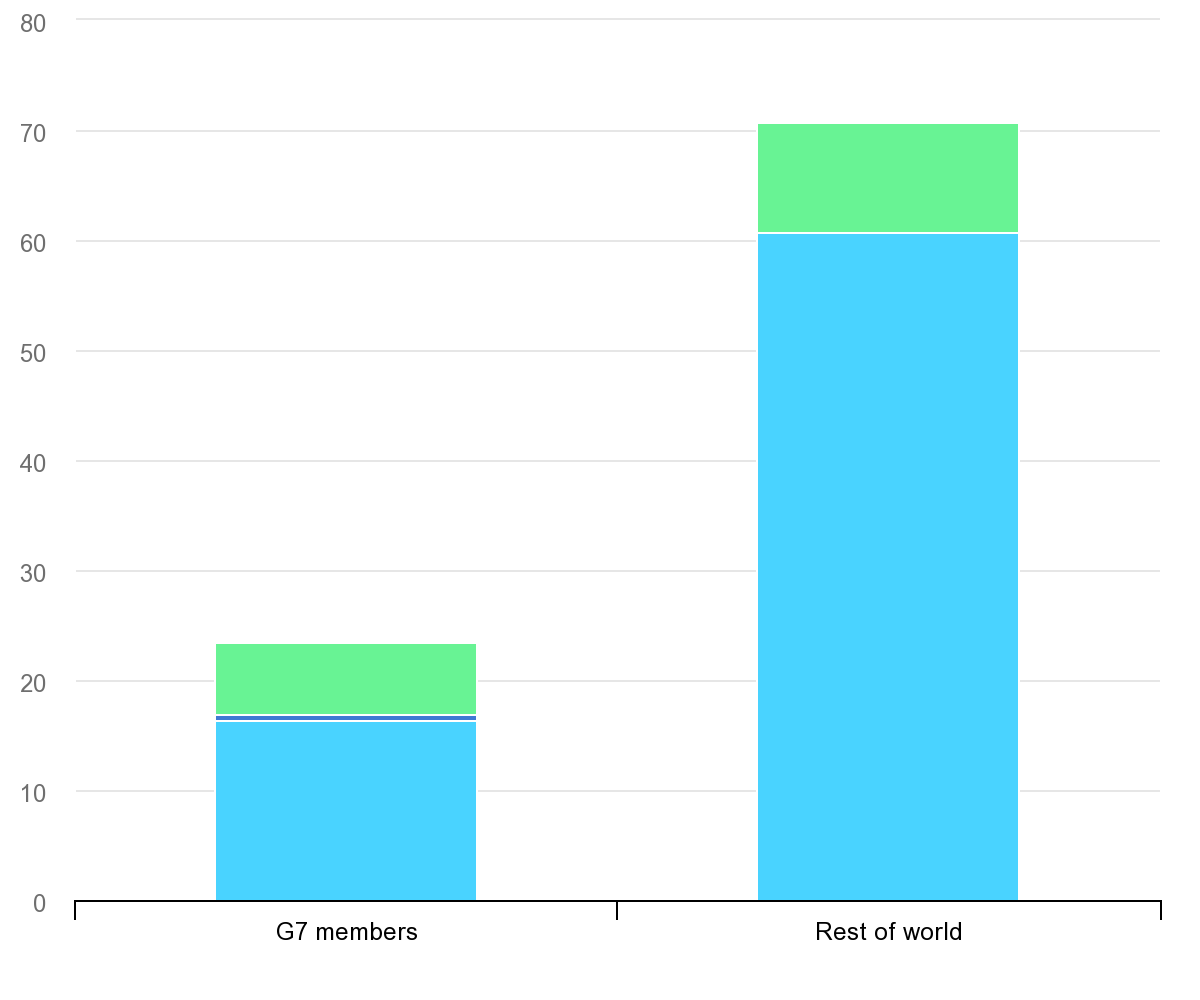
Projects for low-emission hydrogen are facing important bottlenecks
More than 1,200 new projects to produce low-emission hydrogen have been announced to date, yet only 5% have received firm investment decisions, according to IEA analysis. Progress is lagging due to uncertainty about future demand, insufficient infrastructure to transport and deliver hydrogen to customers, and a lack of clarity on regulation and certification.
There are, of course, many reasons behind these obstacles, but the absence of unified terminology is a major impediment to investment and potential trade.
At present, several different terminologies are used to categorise hydrogen based on how it is produced, including “sustainable” or “clean”. Even more common is the use of colours, such as “grey”, “blue”, “pink”, or “green” hydrogen. However, there are no agreed definitions for these terms, and they can obscure many different levels of potential emissions. For example, many electrolysers are powered by grid electricity, for which emissions intensity can vary greatly depending on how it is generated, but no colour has been assigned. For so-called “blue” hydrogen produced using natural gas with carbon capture, utilisation and storage (CCUS), our analysis shows that emissions per kg of hydrogen produced can vary substantially depending on the technology used and the capture rate.







